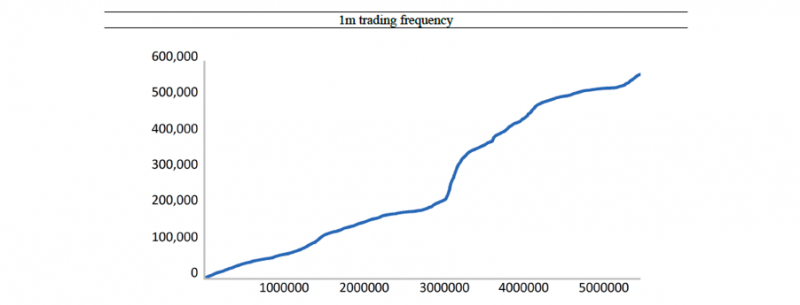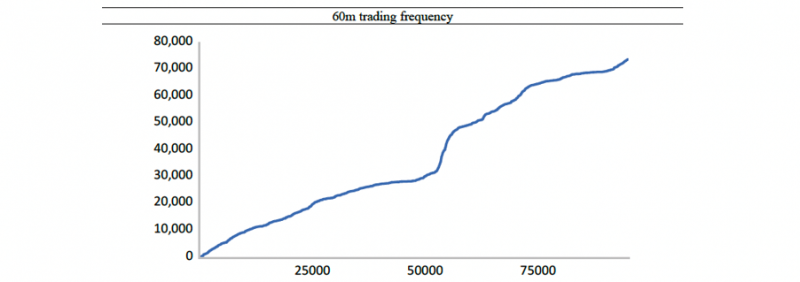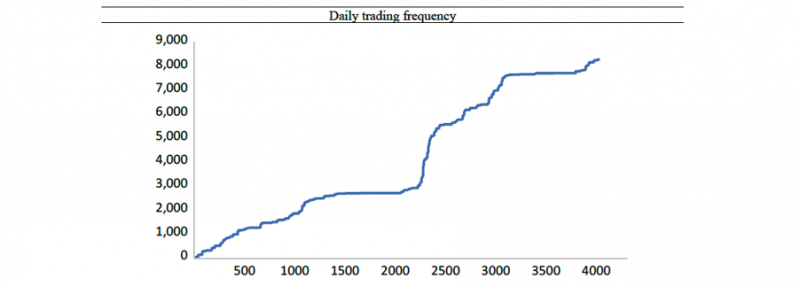Stavros Degiannakis is Professor of Statistics and Econometrics at the Department of Economics and Regional Development at the Panteion University of Social and Political Sciences and econometrician in Bank of Greece. He holds a PhD in Statistics from Athens University of Economics and Business. His research interests revolve mainly around the financial and economic forecasting, risk management and energy economics. His research has received multiple research funding from FP7, Horizon 2020, European Research Council and European Commission, etc. He has published about 100 papers in journals such as Journal of Money Credit and Banking, Journal of International Money and Finance, Energy Economics, International Journal of Forecasting, Journal of Empirical Finance, Energy Journal, Journal of International Financial Markets, Institutions & Money, Computational Statistics and Data Analysis, etc.









